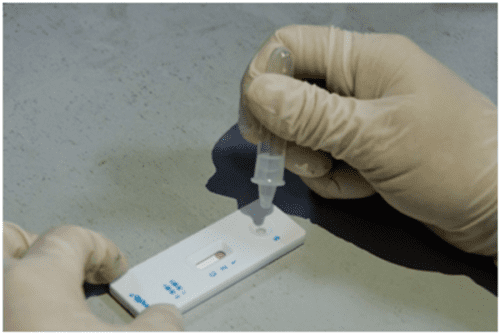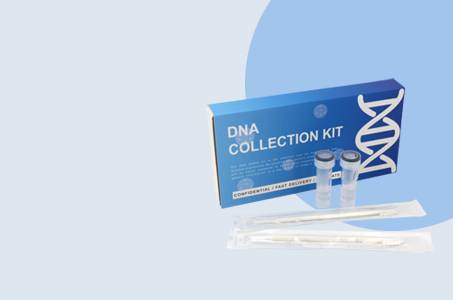How Do Influenza Testing Kits Work?
January 29, 2024 2024-01-29 6:25How Do Influenza Testing Kits Work?

How Do Influenza Testing Kits Work?
Amid flu seasons or viral outbreaks, swift and accurate diagnostics are imperative. Influenza testing kits have become indispensable tools for healthcare professionals in promptly identifying influenza viruses.
Understanding Influenza
Influenza, commonly known as the flu, is a contagious respiratory illness triggered by influenza viruses. There exist four types of influenza viruses: A, B, C, and D. Type A and B strains typically drive seasonal flu outbreaks, whereas type C and D induce milder symptoms. Flu test kits predominantly aim to detect types A and B viruses.
Types of Influenza Testing Kits
1. Rapid Influenza Diagnostic Tests (RIDTs)
RIDTs are the most commonly used flu test kits due to their simplicity and quick turnaround time. These kits detect the presence of influenza antigens, proteins found on the surface of the virus, within a patient’s respiratory specimen. The process involves the interaction between the antigens and specific antibodies present in the kit.
2. Molecular Tests
Molecular tests, such as polymerase chain reaction (PCR) and nucleic acid amplification testing (NAAT), represent more advanced and precise methods for flu detection. These tests identify the virus’s genetic material (RNA) by amplifying it through a series of biochemical reactions. Molecular tests boast high sensitivity and can discern between influenza types and subtypes.
Steps Involved in Influenza Testing
1. Sample Collection
The initial step in conducting a flu test encompasses collecting a respiratory specimen from the patient. This can be achieved using nasal swabs, throat swabs, or, in some instances, nasal aspirates or washes. Ideally, the sample should be taken within the first few days of symptom onset for accurate results.
2. Test Procedure
For RIDTs, the collected sample is mixed with a buffer solution provided in the kit. The mixture is then applied to a test strip or cassette containing antibodies specific to the influenza antigens. If the sample harbors influenza antigens, a visible line appears on the strip, indicating a positive result.
Advantages and Limitations
Influenza testing kits offer numerous advantages, including:
- Swift results: RIDTs furnish results within minutes, facilitating immediate diagnosis and timely treatment.
- User-friendliness: Flu test kits are designed for ease of use, rendering them accessible to healthcare professionals across diverse settings.
- Early detection: Early identification of the flu empowers healthcare providers to implement appropriate infection control measures and provide targeted treatment.
However, it’s crucial to acknowledge the limitations of flu test kits:
- False negatives: Rapid tests may occasionally yield false negative results, particularly if the viral load is low or the sample collection technique is inadequate.
- Limited subtype identification: While molecular tests can discriminate between influenza strains, RIDTs typically cannot furnish subtype information.
- Professional interpretation: Test results should always be interpreted by a healthcare professional, taking into account the patient’s symptoms and clinical history.




